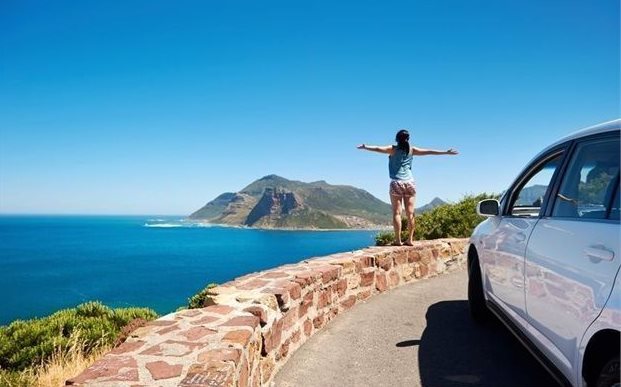
Charnel Kara, the tourism specialist at FNB Business, says although South Africa receives over 10 million international tourists annually, between 50% to 60% of the sector is based on local or domestic tourism. Therefore, domestic tourism remains the leading form of tourism, representing an important tool for stimulating regional economic growth and development.
Here, Kara unpacks key factors that are driving the growth of domestic tourism:
Lower spend on accommodation - domestic travellers are now considering lower to middle tier hotels, guesthouses, B&Bs and AirBnB.
Many are also opting to stay with friends and family when travelling to other provinces, while others stay at home and become tourists in their own cities or provinces (staycation); and look for unique experiences, outings and activities to explore without having to stay away from home.
Flexible travel times – Domestic travellers have become more flexible in their travel times and are travelling throughout the year. By moving their travel to a different day, week or month they make substantial savings.
Some prefer to travel less throughout the year, but rather during peak periods with potentially increasing their length of stay. Others travel during autumn and winter as opposed to only during spring and summer.
"Consumers are also increasingly paying more attention to low demand periods where good deals from suppliers can be obtained. By offering discounted rates, it encourages current travellers to travel more often, and stimulates the market so that people who wouldn’t have ordinarily travelled, now decide that they should," adds Kara.
Untapped attractions – These contribute to regional revitalisation and promote domestic tourism through the formation of sightseeing routes, attractions with a story/theme or have several distinct features which include natural beauty, cultural traditions, history, cuisine, arts and crafts and unique adventures or activities. For example, eco-tourism, medical tourism, sports tourism, cultural and township tourism.
Technology: Technology has contributed extensively to the efforts of promoting domestic tourism in the country. Information now reaches a wider base, offering travellers a multitude of options for a holiday destination, literally at their fingertips.
Social media has further made it easier for consumers to interact with businesses, share their experiences, and offer reviews, which often stimulates interest from other travellers.
"Domestic tourism still has a lot of potential to drive economic growth and job creation. Opportunities exist for SMEs in the sector to innovate and identify unique gaps that cater for the growing needs of domestic travellers – ranging from 'untapped' experiences where travellers become immersed by experiencing a destination, its people, their culture, foods and traditions like the locals would," concludes Kara.